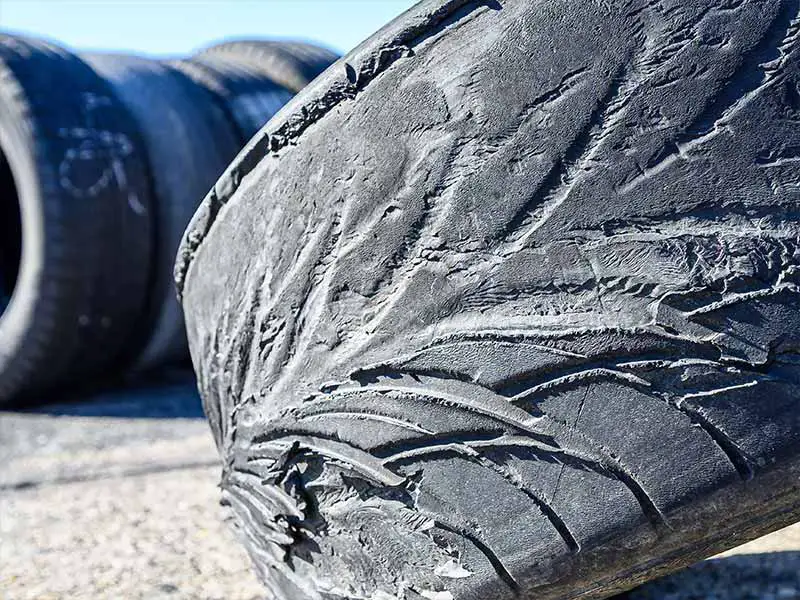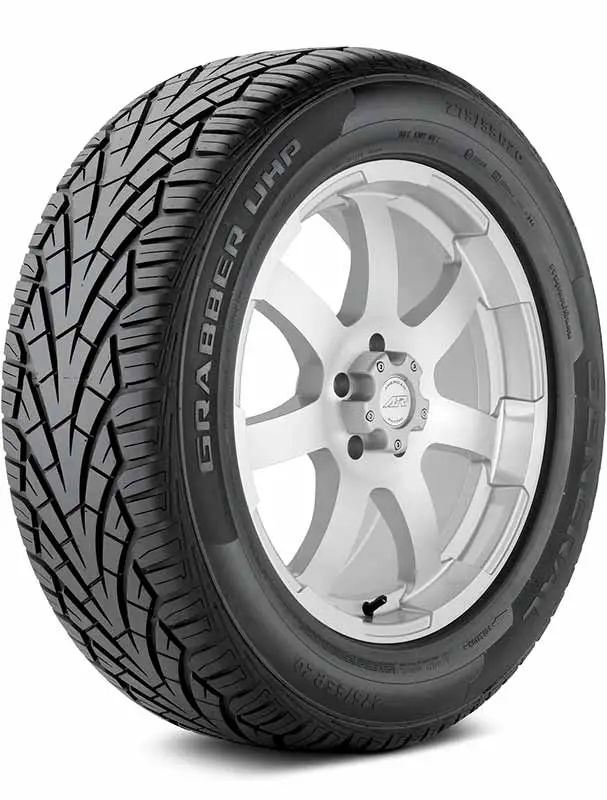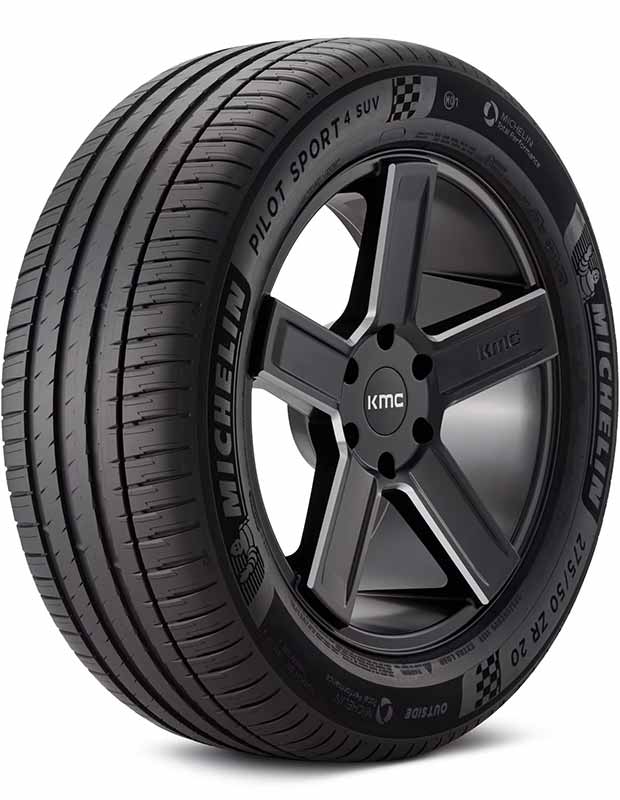Ever glanced at your shoes and noticed one side wearing out faster than the other? Imagine your car’s tires facing the same issue, but with bigger consequences. There’s a simple solution to avoid this, and it doesn’t involve buying a new pair!
What Is The Purpose Of Rotating Tires?
The purpose of rotating tires is to ensure even tire wear, extending their lifespan, and ensuring safe and optimal vehicle performance.
Regular rotation can prevent uneven tread patterns, improve fuel efficiency, and save money in the long run.
In this article, we’ll dive deep into the nitty-gritty of tire rotation, debunk common myths, and highlight its key benefits, ensuring your vehicle runs smoothly and safely on the road.
Let’s take a closer look.
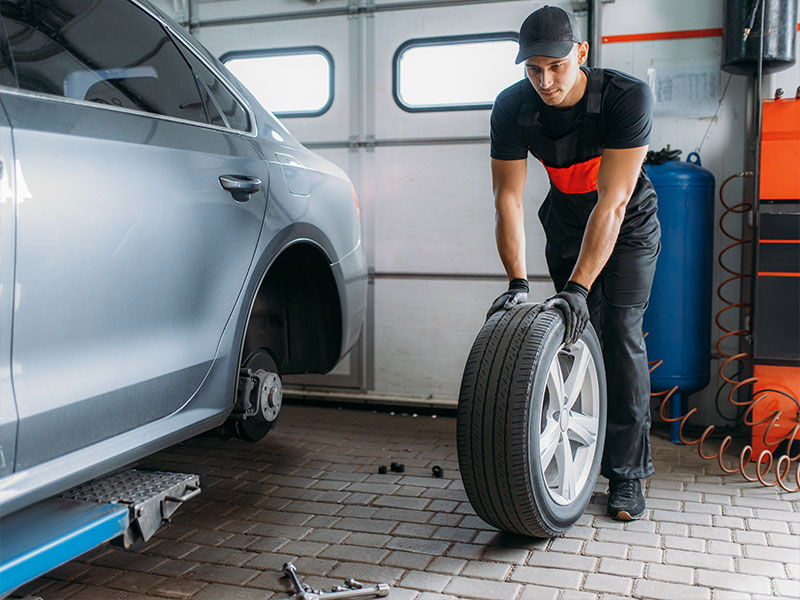
What Is Rotating Tires?
Tire rotation, in the simplest terms, is when you switch the positions of your vehicle’s tires on a regular basis. Think of it as playing musical chairs with your car’s or truck’s tires. The main idea is to help your tires wear more evenly.
Why Would We Play This “Tire Musical Chairs”?
Here are some reasons to rotate your tires:
- Even Wear: All tires don’t wear out at the same pace. Front tires bear the weight of the engine and get used more during steering. This means they wear out faster. So, if we swap them around, it gives a chance for all tires to share the workload and wear out more evenly.
- Tire Lifespan: Rotating tires can give them a longer life. If you ignore rotation, some tires might give up way before the others. By swapping their positions, you make sure all your tires cross the finish line around the same time.
- Save Money: Let’s be honest. Tires can be expensive. So, if rotating them can help them last longer, it means fewer trips to the tire shop and more money in your pocket.
Decoding Tire Rotation Patterns
Different vehicles need different tire rotation patterns. Here’s a mini-guide:
- Front Wheel Drive (FWD) Vehicles: For these, you’d usually move the rear tires to the front and the front tires to the rear. But, when moving the front tires to the back, they switch sides. So, the front left goes to the rear right and vice versa.
- Rear Wheel Drive (RWD) Vehicles: Essentially, the tire rotation pattern for rear axle powered cars and trucks is the opposite of front wheel drive vehicles. The front tires and rear tires swap ends but the rear tires move to opposite sides when they move to the front.
- All Wheel Drive (4×4) Vehicles: The best rotation pattern for most AWD vehicles is the same as RWD vehicles. The front tires move to the back without changing sides, and the rear tires come forward while switching sides.
- Directional Tires: Some tires have a specific rolling direction. For these, you swap the front right with the rear right and the front left with the rear left.
- Staggered Fitments: For vehicles with different tire sizes on the front and back (like some sports cars or trucks), you can only switch tires from left to right.
What Happens If You Don’t Rotate Your Tires?
If you don’t rotate your tires they will have uneven tread wear that tire rotation will even out which can improve performance and help your tires last longer.
- Uneven Tread Wear: Some tires, like your front ones, will wear out faster, giving you a bumpy and uneven ride.
- Reduced Grip: Uneven wear might reduce your tire’s grip on the road, especially in wet conditions. Not something we’d recommend.
- More Frequent Replacements: You might find yourself replacing tires more often than you’d like. It’s like running a relay race where one team member is super tired – you might need a substitute sooner than planned.
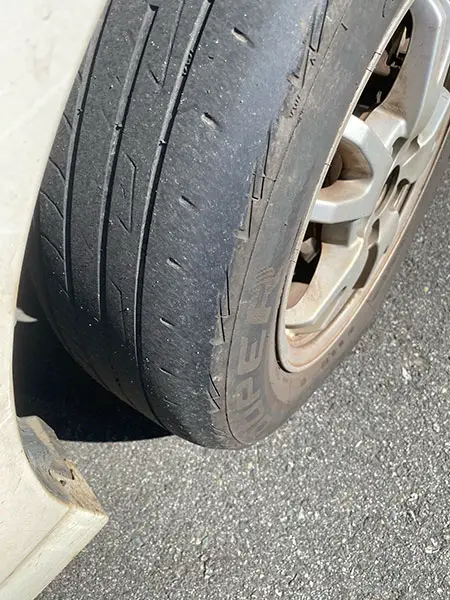
Benefits of Rotating Tires
The primary benefit of rotating your tires is they will last longer. Here’s how:
- Sharing the Load: By switching places, no single tire bears the brunt of all the hard work for too long. This means each tire gets a break, ensuring it lasts longer.
- Avoiding Premature Tire Wear: Without rotation, some tires wear out faster and might need replacement sooner. Rotation ensures they all get to retire around the same time.
Safety First: Staying Safe on the Road
You wouldn’t wear mismatched shoes, would you? Similarly, uneven tires can make your car feel “off-balance.” Let’s see how rotation boosts safety:
- Better Grip: Uneven wear can lead to poor traction, especially on wet roads. Rotation ensures all tires provide consistent grip.
- Avoiding Blowouts: Overly worn-out tires are prone to sudden failures or blowouts. By rotating, you ensure no single tire gets to that danger point too quickly.
- Smooth Sailing: Imagine a wonky shopping cart. That’s what a car with uneven tires can feel like. Rotation ensures a smoother ride.
Economical Advantages: Saving Your Hard-Earned Money
Rotating tires isn’t just about the tires. It’s about the bucks too!
- Fewer Replacements: More even wear means your tires last longer, and you won’t need to replace them as often.
- Fuel Efficiency: Believe it or not, uneven tires can actually reduce your car’s fuel efficiency. By rotating, you might save a bit on gas.
Optimal Vehicle Performance: Your Car at Its Best
Think of tire rotation as a tune-up for your car’s feet.
- Balanced Handling: When tires wear evenly, your car handles better, especially during turns or sudden stops.
- Reduced Vibration and Noise: Ever noticed that weird vibration in the steering wheel? Or that hum that wasn’t there before? Uneven tire wear might be the culprit. Rotation can reduce or eliminate these issues.
- Less Strain on the Vehicle: When tires are evenly worn, it puts less strain on other parts of the vehicle, like the suspension system.

Common Questions and Misconceptions
Is Tire Rotation Really Necessary?
It’s a question many vehicle owners ask. Here’s the lowdown:
- Tires Aren’t Equal: Due to various factors like vehicle weight distribution and steering dynamics, tires don’t wear out at the same rate around your vehicle. Rotation ensures they wear out more evenly.
- Manufacturer’s Recommendations: Check your vehicle’s manual. More often than not, manufacturers recommend tire rotation as part of regular maintenance.
- Maintaining The Tire Warranty: Most tires have a warranty on their tire life. The most common requirement to maintain this warranty is to have your tires rotated within a certain mileage. Having your tires rotated every 5,000 miles usually meets or exceeds this requirement.
When Should I Skip Tire Rotation?
There are times when it might be best to delay or skip a rotation:
- Close to Replacement: If your tires are already worn out and you’re planning to replace them soon, it might not be worth the rotation.
- Damage or Uneven Wear: If one of your tires has significant damage or extremely uneven wear, it’s a sign you need to see a tire expert. Rotation won’t fix underlying issues.
What’s the Deal with the Spare Tire?
Good question! The spare tire is like the sixth man in basketball (or fifth tire in this case) – always ready but not always in play.
- Full-size Spares: If your vehicle has a full-size spare that’s the same as your regular tires, you can include it in your rotation pattern. This keeps it in good shape for when you might need it.
- Temporary Spares: These are the small, “skinny” tires meant for short-term use. They shouldn’t be included in regular rotation. They’re just there for emergencies.
Directional vs. Non-Directional Tires: What’s the Difference?
Tires can be picky about where they want to be on your vehicle!
- Directional Tires: These have a tread pattern made to rotate in a specific direction, usually indicated by an arrow on the sidewall. When rotating, they only swap places with their partner on the same axle (front right with front left and rear right with rear left).
- Non-Directional Tires: These are less picky. They can be moved to any position on the vehicle during rotation.
Resources
Below are some links you may find helpful when learning about tires
Final Thoughts
Rotating your tires isn’t just a fancy car maintenance term; it’s a vital practice that ensures your vehicle’s safety, performance, and even your wallet’s well-being. By regularly playing “musical chairs” with your tires, you promote even wear, prolong their lifespan, and ensure a smoother, safer ride. Plus, let’s not forget the bonus: potential savings on frequent replacements and better fuel efficiency.
In short, the simple act of rotating your tires offers a world of benefits that far outweigh the effort. So, the next time you’re considering whether to rotate your tires, remember the perks and make it a regular part of your vehicle’s TLC routine.
Good luck and happy motoring.
